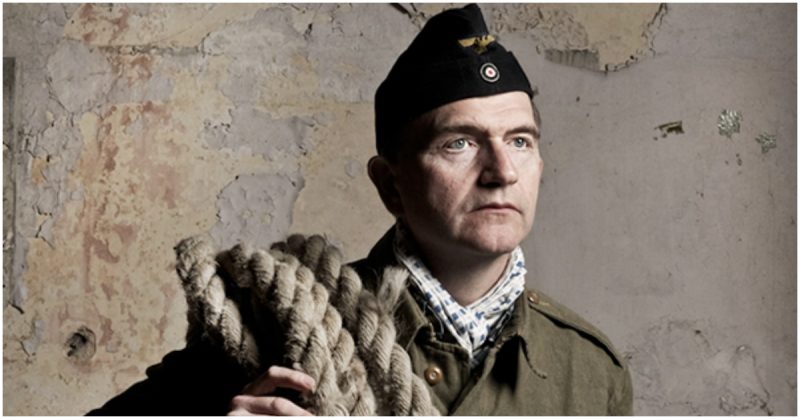Despite VII C U-boats having a hull with similar dimensions to a Boeing 767, most of the interior was crammed with survival equipment.
Life on a German U-boat or Unterseeboot was hard. Yet these vessels were the pride of the Kriegsmarine during the Second World War. They preyed on merchant shipping and their naval escorts either alone or in so-called Wolf Packs.
But life aboard U-boats was not all about excitement and tackling trans-Atlantic shipping. Most of the time, U-boat crews performed mundane duties such as equipment maintenance, checking the torpedo weapon systems, general upkeep, and other essential functions that maintained discipline and kept the men alive for as long as possible.
Submarines have always been compromises, even today. The vessel must be as large as possible to carry sufficient weapons and fuel for long patrols, while also being as small as possible so that it can achieve a reasonable speed given the limited engine power. Further, it must be able to dive quickly, while not having too much flow resistance due to their easily flooded and voluminous ballast tanks.
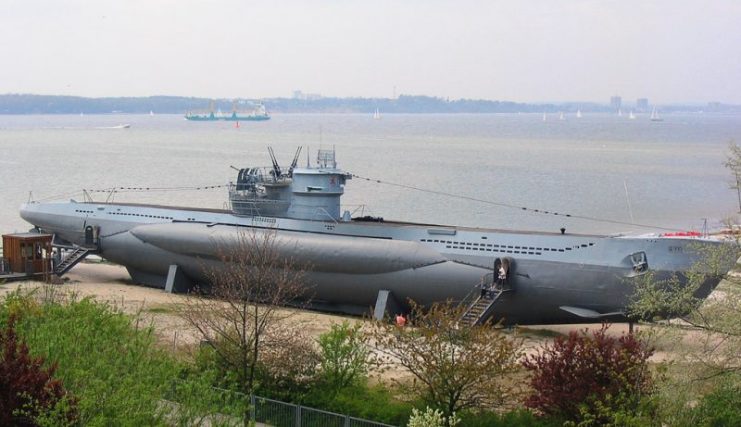
Conditions on board were spartan
There was very limited space on board for the crew to sleep, with some crew members even bunking alongside torpedoes or in the engine room. The crew also worked in eight-hour watches, with the practice of hot-bunking the norm in which multiple men took turns sleeping in the same bunk.
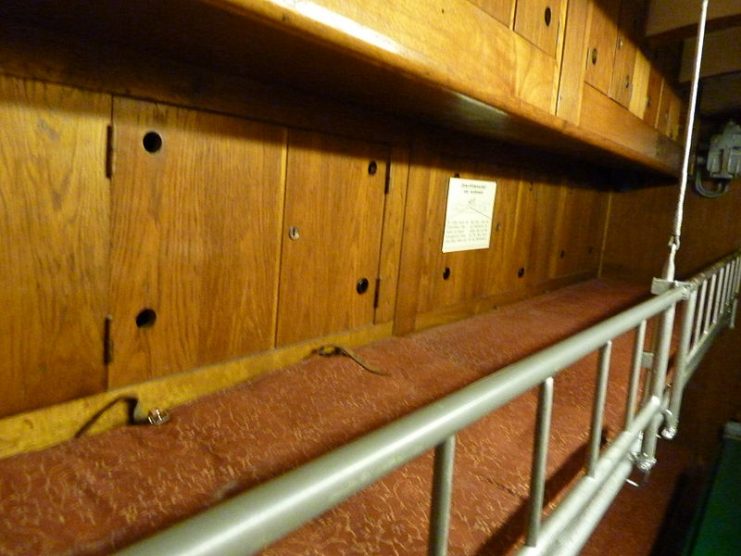
Only one lavatory was on board, located close to the captain’s small cabin which was the only private space on the vessel thanks to a plywood door. There were also no showers on board, so you can imagine the stench after six months at sea with the men returning to port wearing the same clothes that they departed in. Strong deodorants were the only means of alleviating the increasingly potent body odor that accumulated over time.
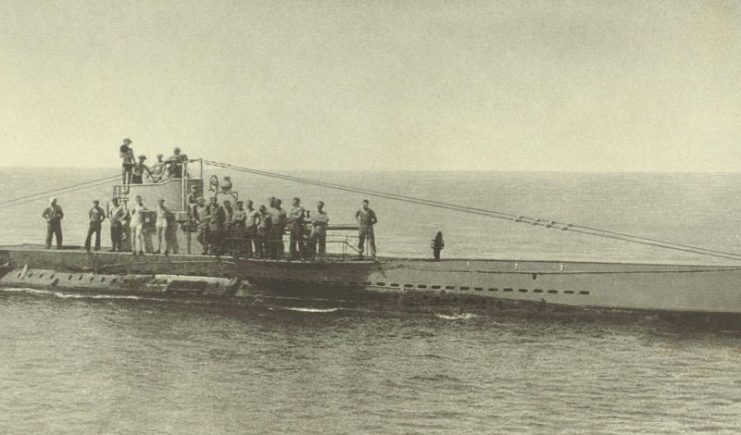
The cramped conditions also meant that there were no places of comfort or places to stretch the legs on board. Fresh food was scarce since the diesel vapors contaminated the produce, making canned food the only available option.
It is also difficult to imagine what it must have been like to not see the sun or sky for weeks on end.
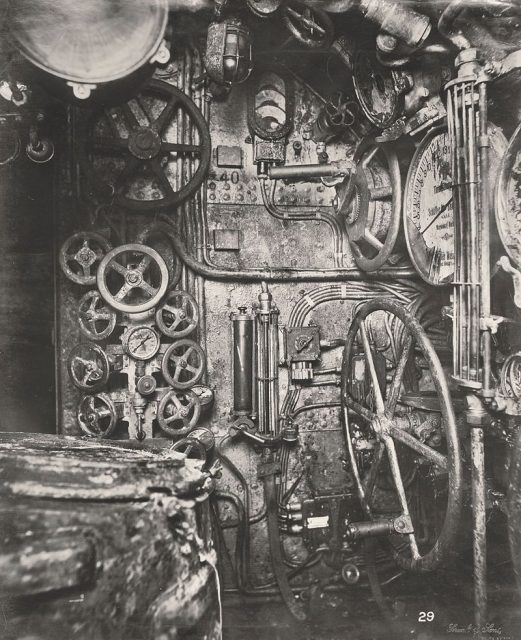
The Type VII C U-boat was the most built German submarine during the Second World War, and the pride and joy of Admiral Karl Dönitz, the Supreme Commander of the Kriegsmarine.
Nearly a dozen naval construction yards on the North and Baltic Seas as well as on the Elbe and Weser Rivers built 568 Type VII C U-boats between 1938 and 1944. No other class of submarine has ever been produced in greater numbers. From 1943 onward, a variant with comprehensive modifications began to be built, named the Type VII C / 41, of which 91 were put into service.
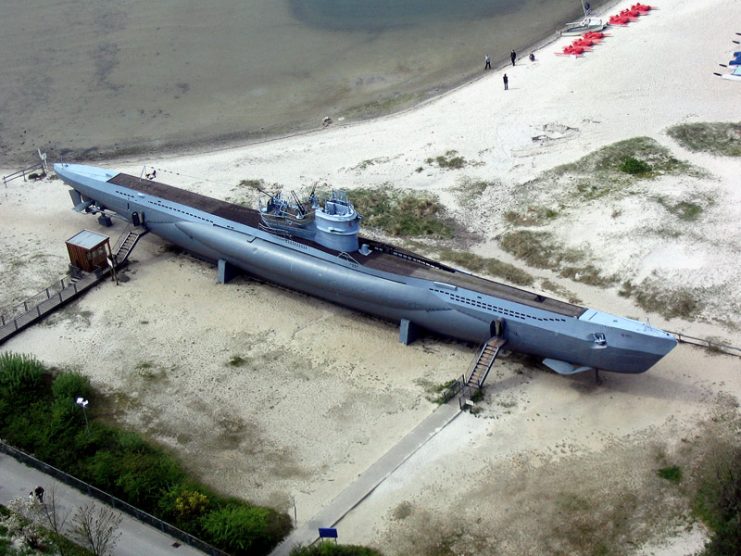
The Type VII and its variants is perhaps the most famous type of submarine of the Second World War and is symbolic of the Battle of the Atlantic.
The shape of the tower, the flat deck carrying a surface canon, and the beaded ballast tanks on both sides were unmistakable for surface ship captains unfortunate enough to fall prey to a U-boat.
Perhaps the most famous German U-boat is U-96 from Lothar-Günther Buchheim’s 1973 novel, Das Boot which was later made into a movie of the same name in 1981.
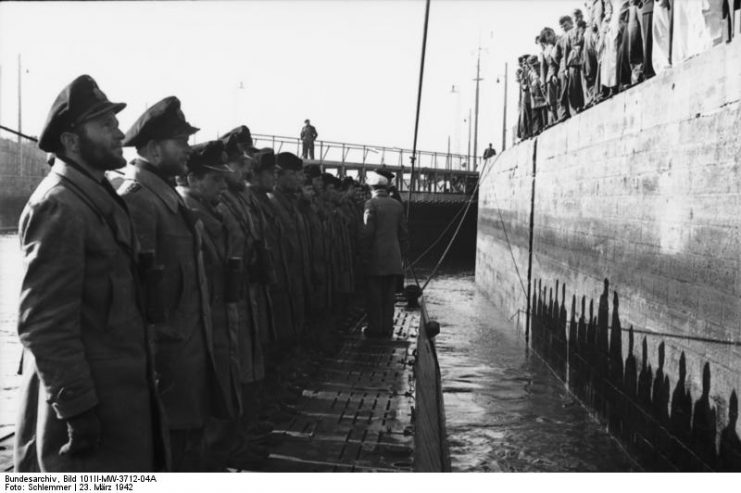
The movie was nominated for six Academy Awards, including Best Director and Best Adapted Screenplay.
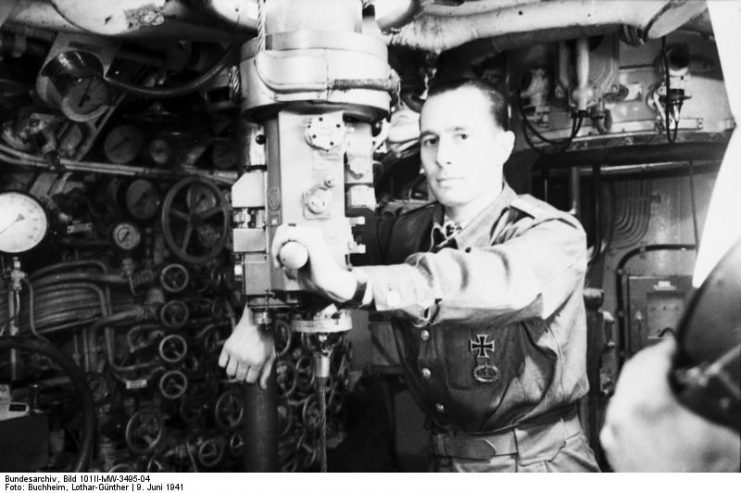
Das Boot is an accurate and eerie tale that depicts life on board a U-boat during the Second World War and the Battle of the Atlantic. The movie’s historical accuracy provides the viewer a glimpse that U-boats were both a lifeline and a tomb for those living on board.
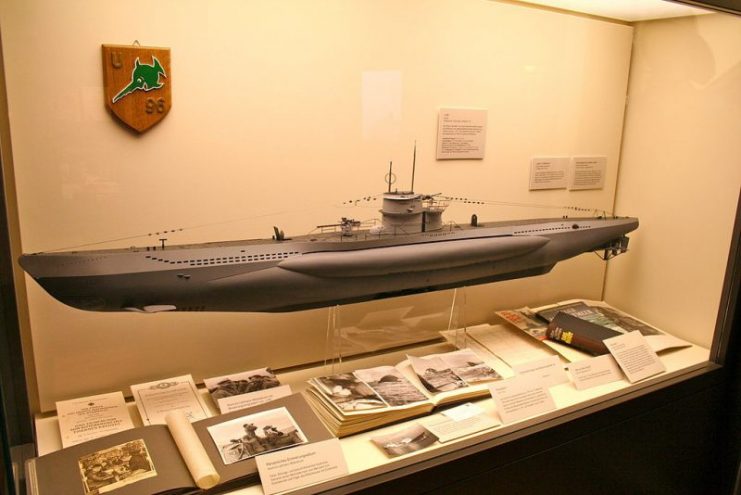
Yet despite the true-to-life replica Type VII C U-boat interior used in the movie, the monotony and harshness of the conditions on board for the 44 to 46-man crew are difficult to recreate on the big screen. In reality, life was far harder than depicted in the movie.
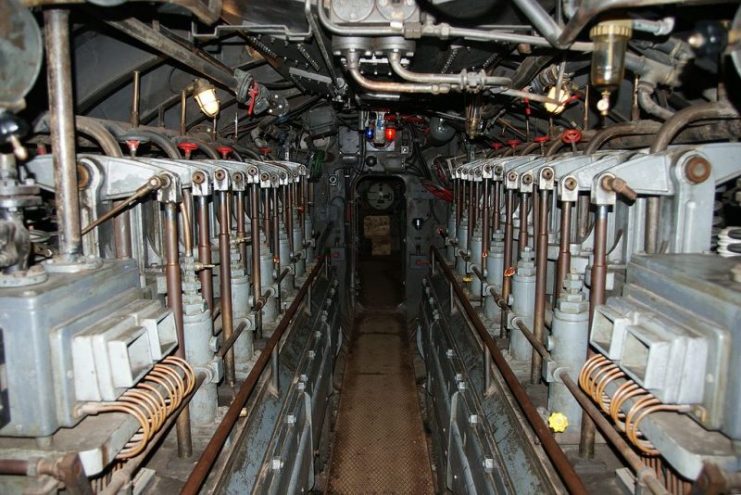
Despite VII C U-boats having a hull with similar dimensions to a Boeing 767, most of the interior was crammed with survival equipment.
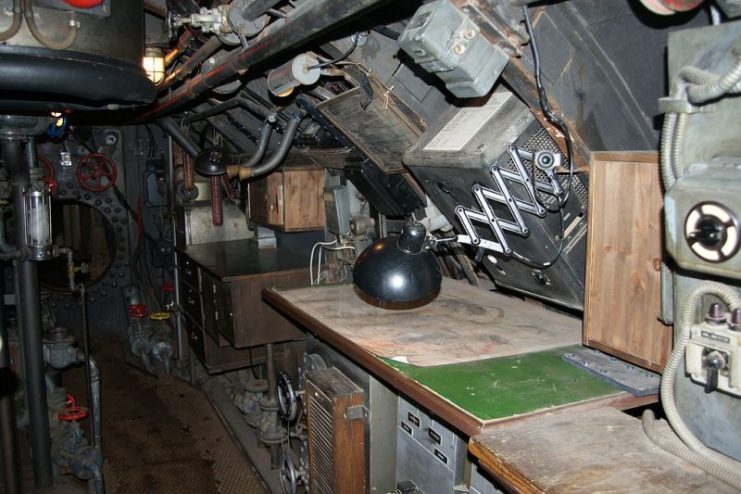
Two six-cylinder four-stroke diesel engines each produced 1600 hp which allowed a surfaced U-boat to travel at speeds of up to 17.7 knots. When submerged, the vessels could reach a theoretical maximum speed of 7.6 knots, although the 120 individual battery cells could only power the vessel for 80 nautical miles at a speed of 4 knots before the vessel had to resurface.
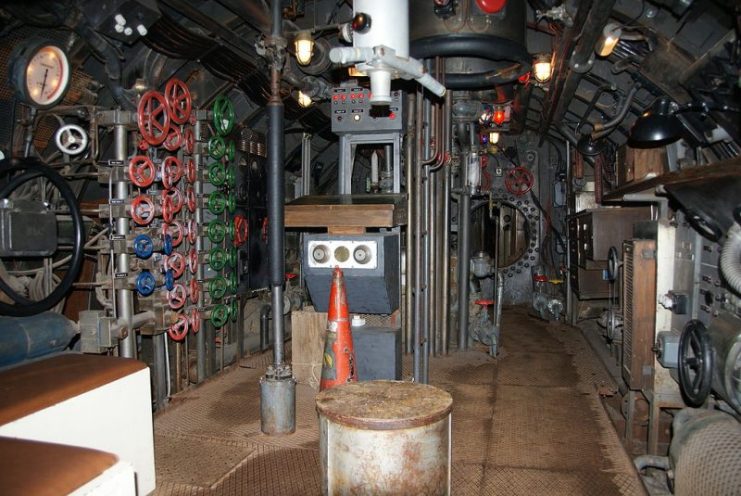
Standard U-boats were armed with 14 torpedoes and five torpedo tubes, with four in the bow and one in the stern. They would typically use ten torpedoes for each mission, with the rest kept in reserve for the return journey back to port. Yet some commanders only returned to port after using all the torpedoes.
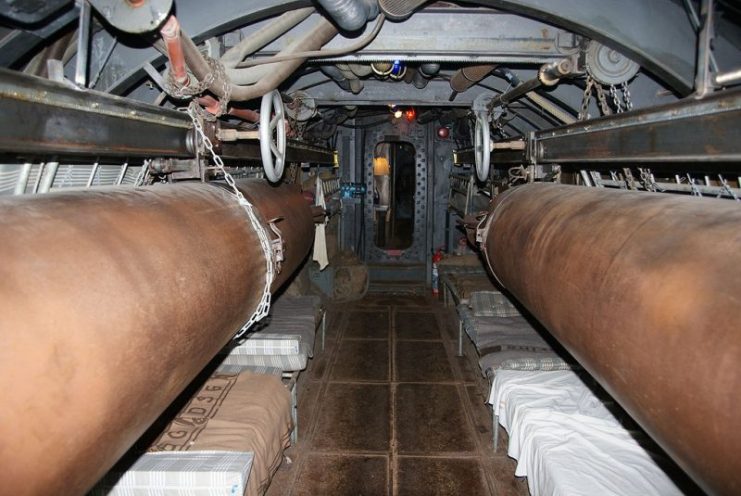
The air was rancid and could reek of death
The oxygen volume of a fully equipped Type VII C was about 400 cubic meters. After about five hours underwater the carbon dioxide content of the air rose to 1.5 percent, while cognitive disorders set in at 2.5 percent. Each U-boat therefore had alkaline cartridges for air purification, and ten oxygen cylinders to be used as a last resort before surfacing.
A 44-man crew could remain underwater without interruption for a maximum of 72 hours.
Of the 568 Type VII C U-boats that were constructed, about five-sixths were sunk during the war. Meanwhile, of the total 1,162 U-boats built for the Kriegsmarine before and during the Second World War, 863 were used in combat and 784 were lost.
Finally, of the more than 40,000 men that served on U-boats between 1939 and 1945, fewer than 10,000 survived the war.
